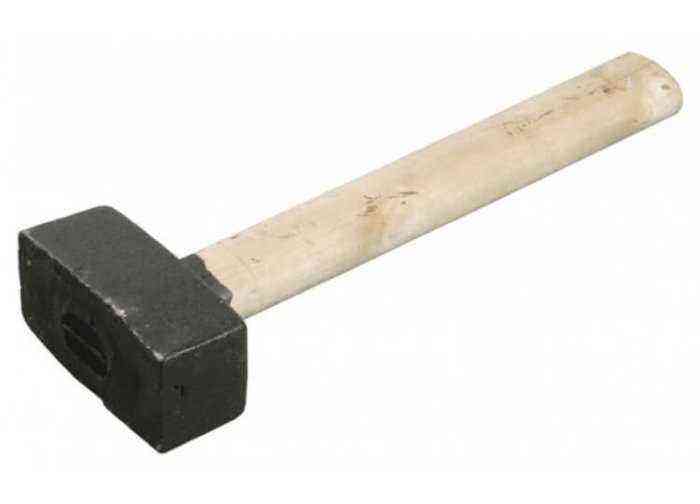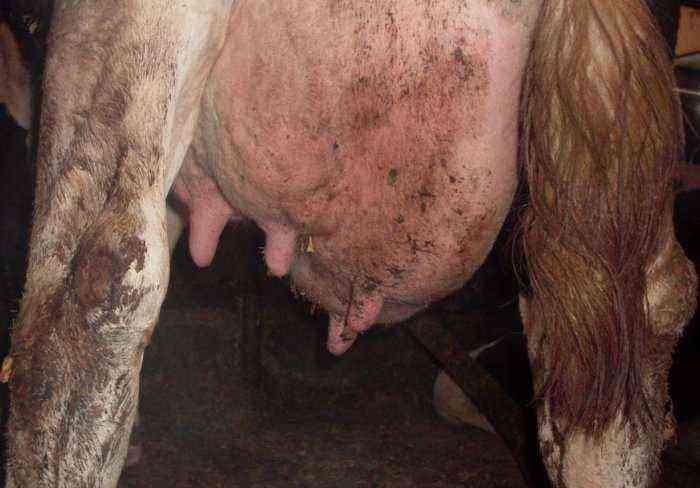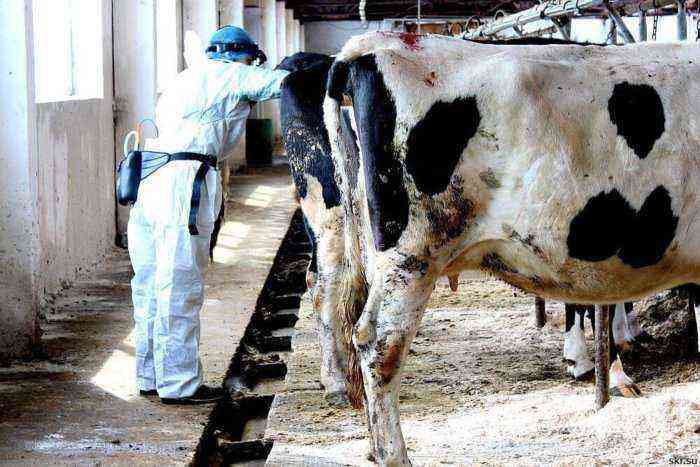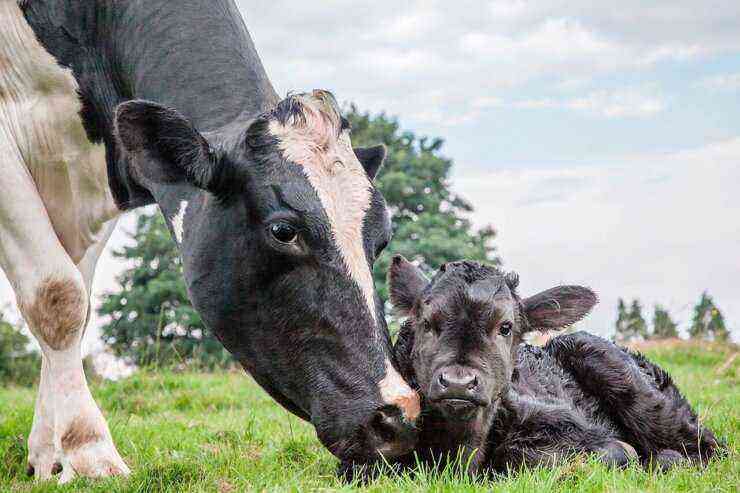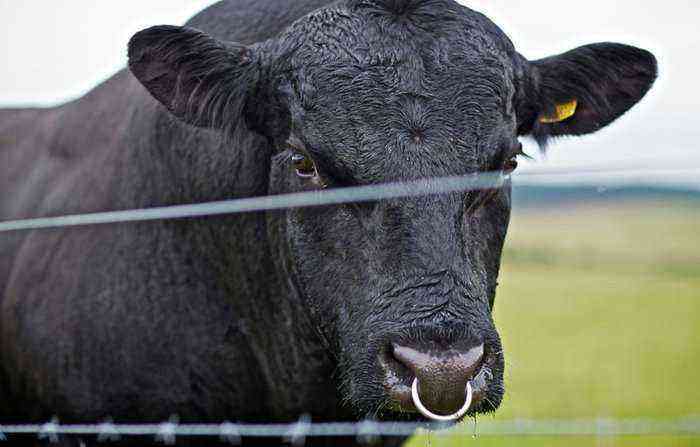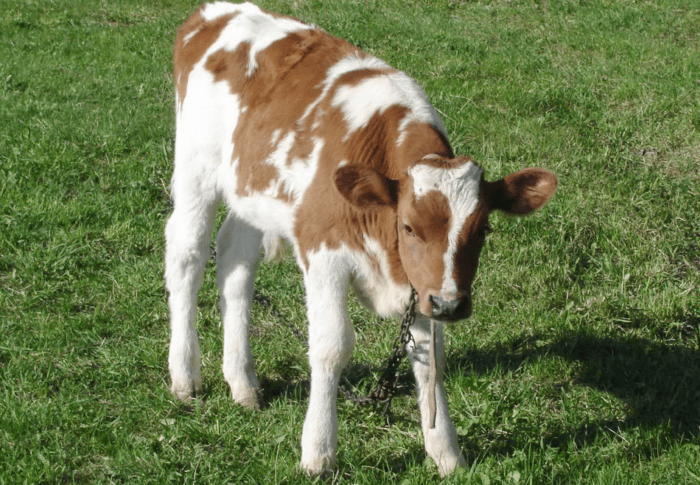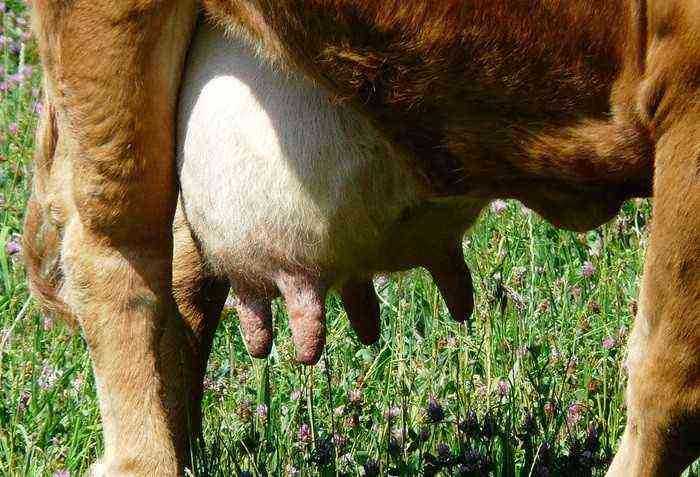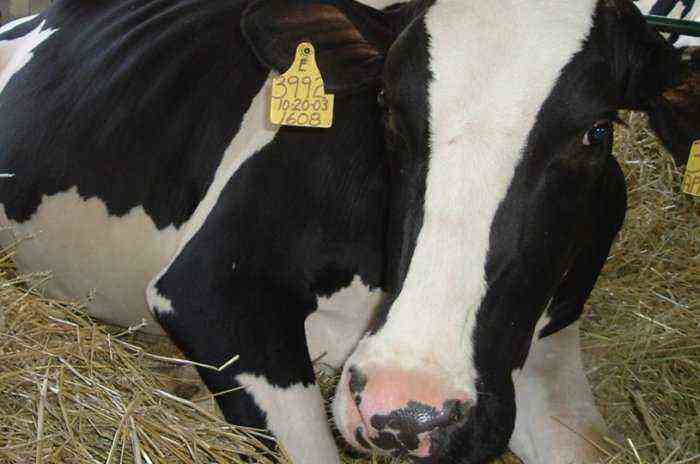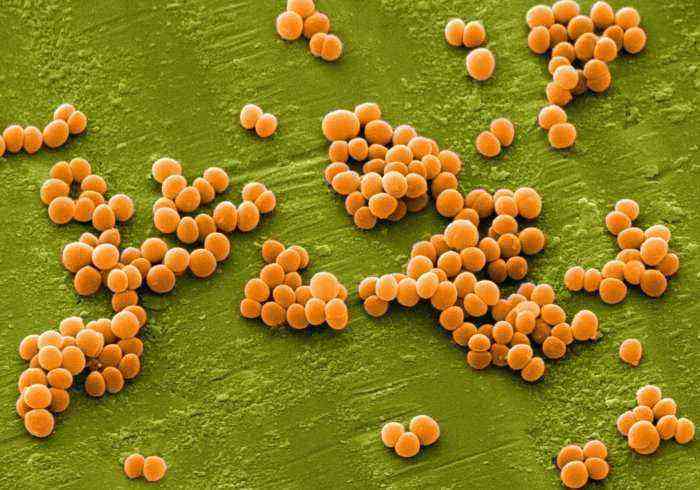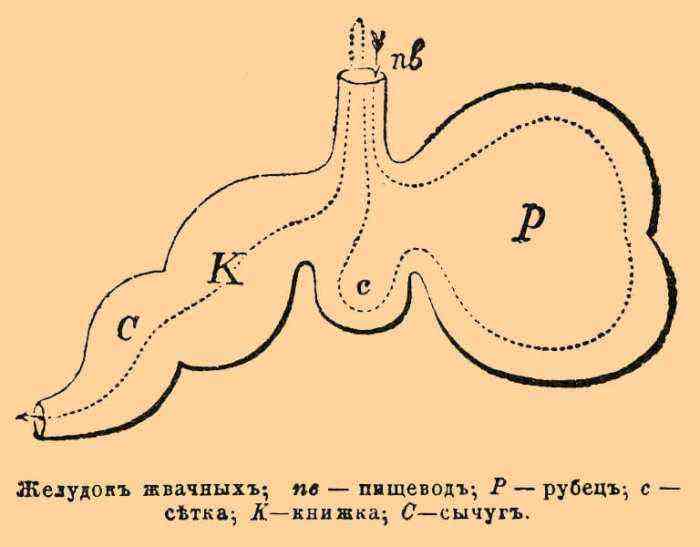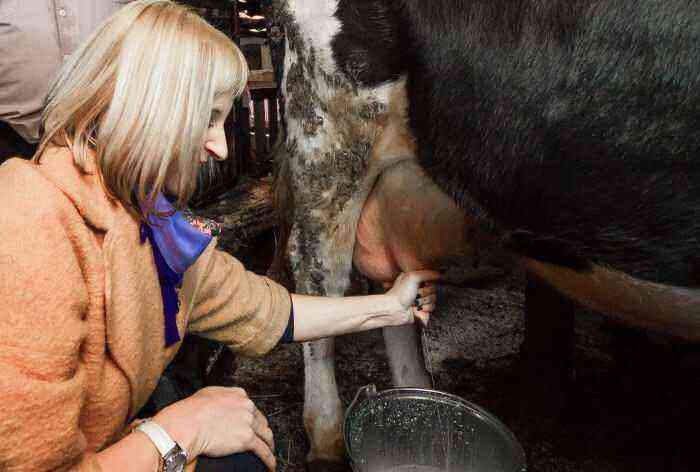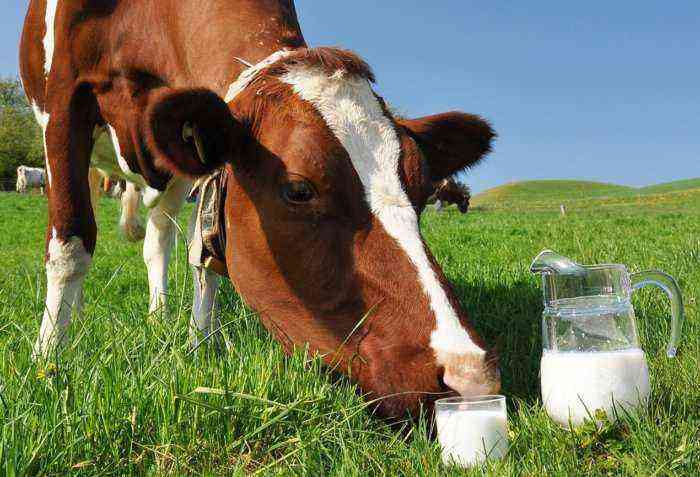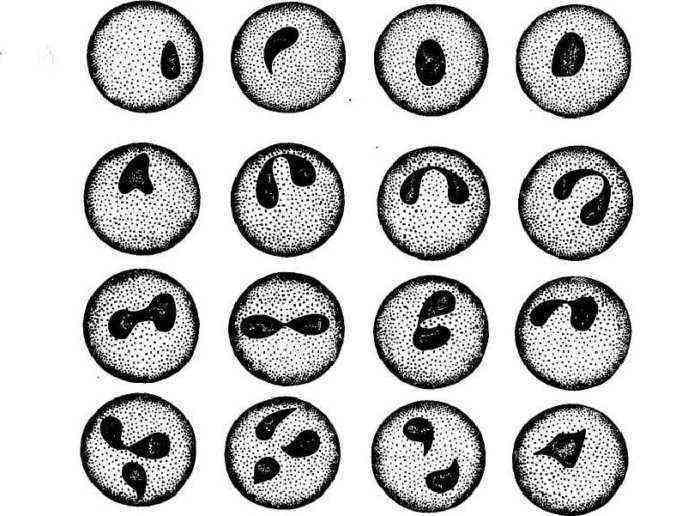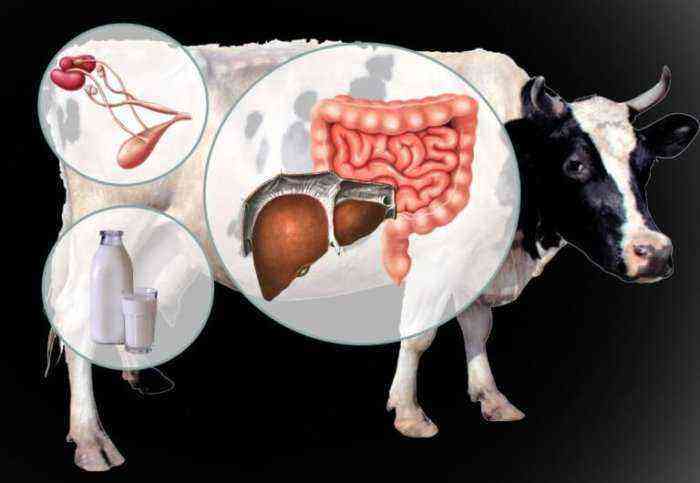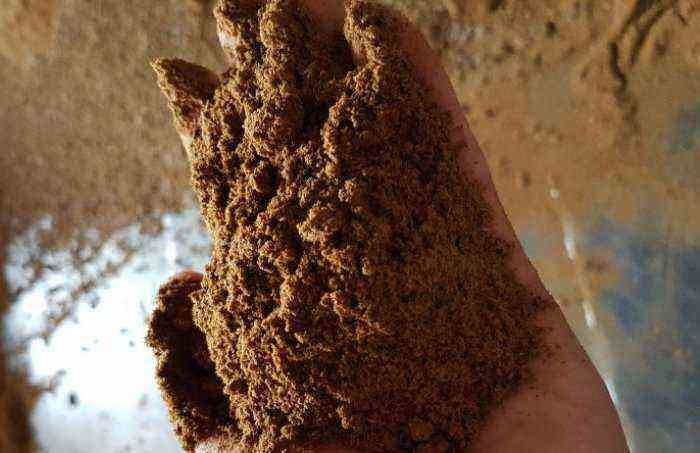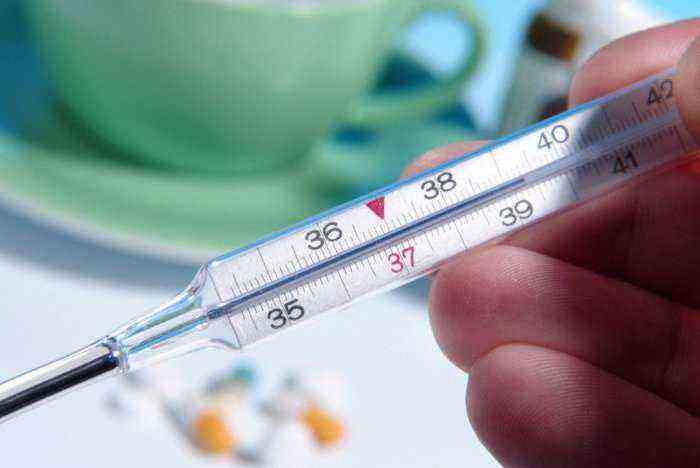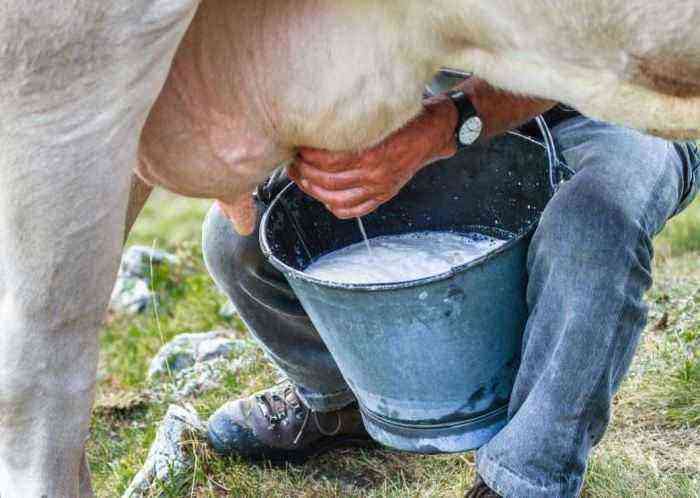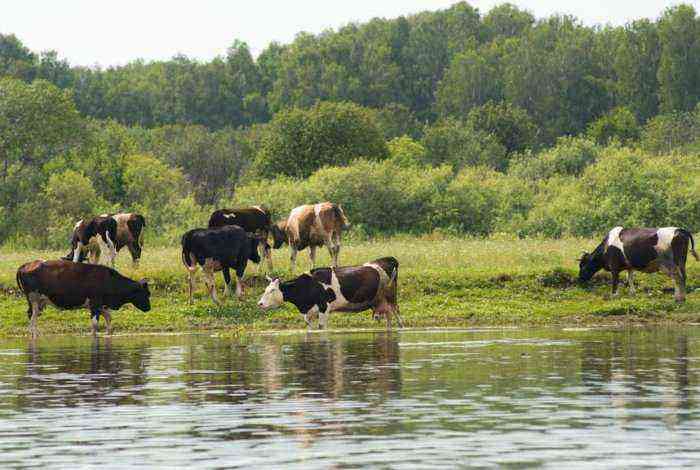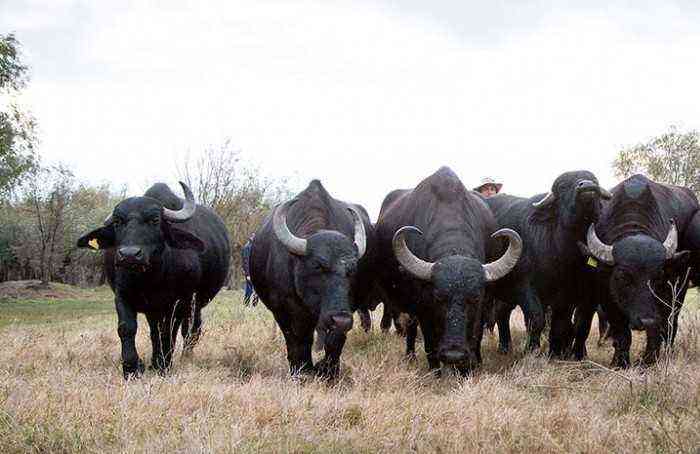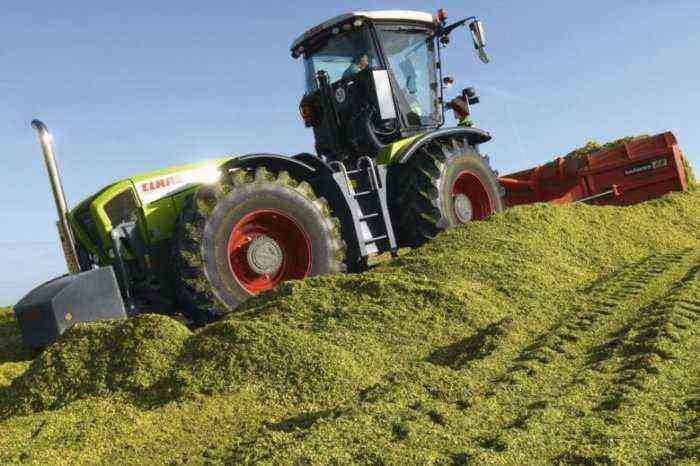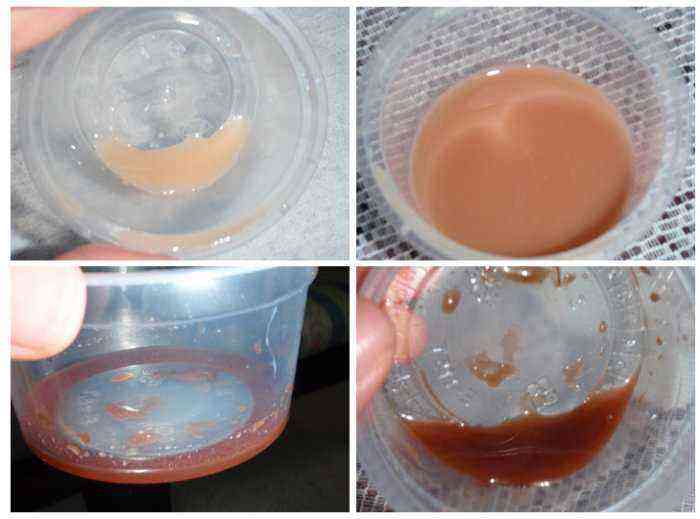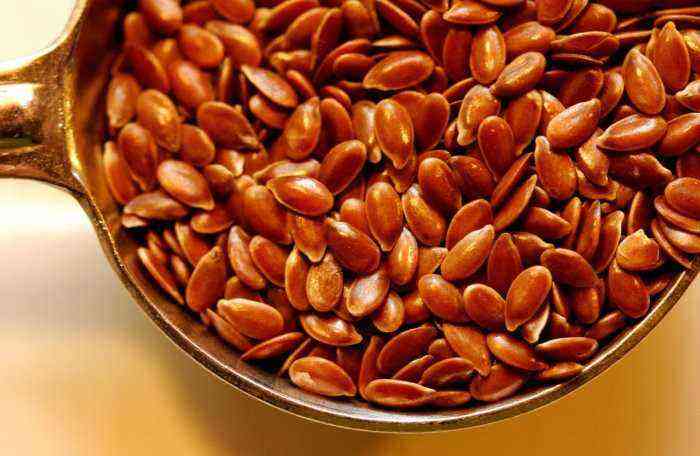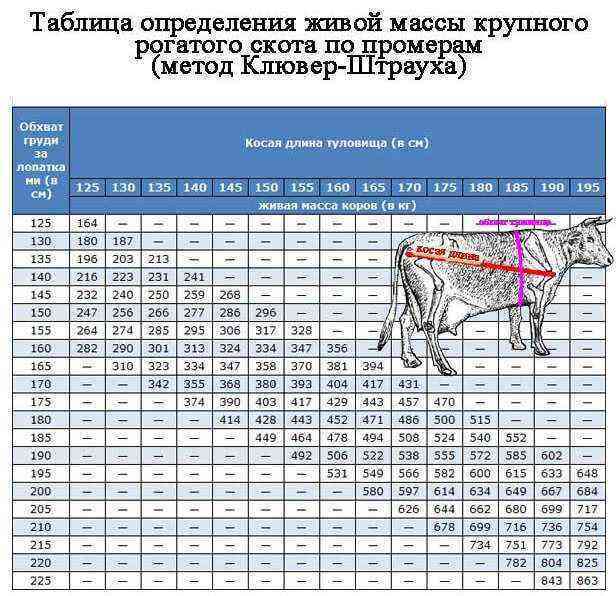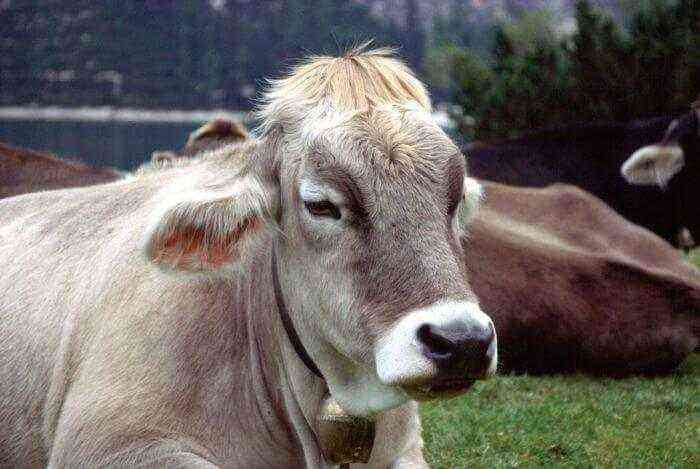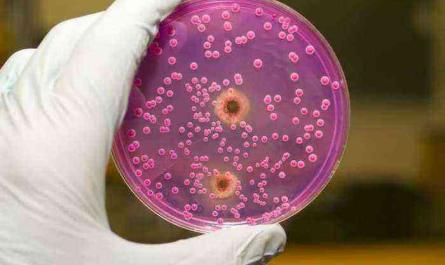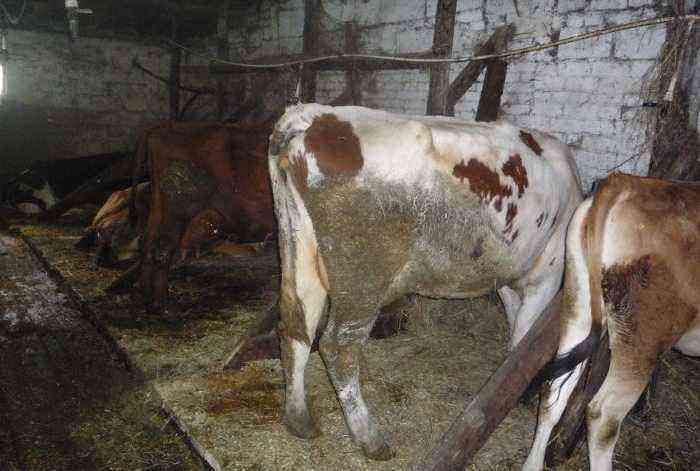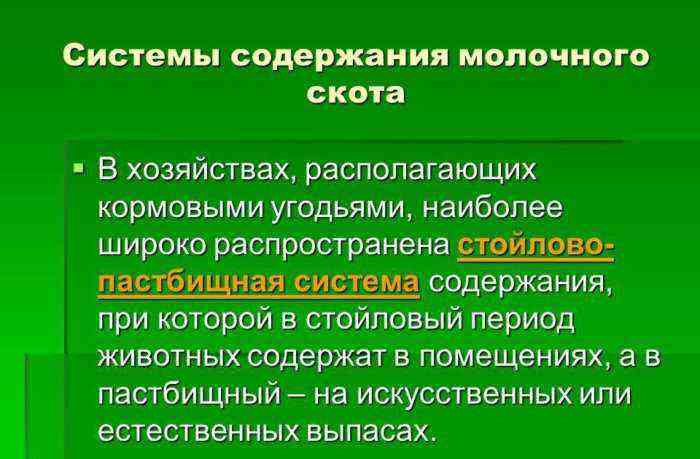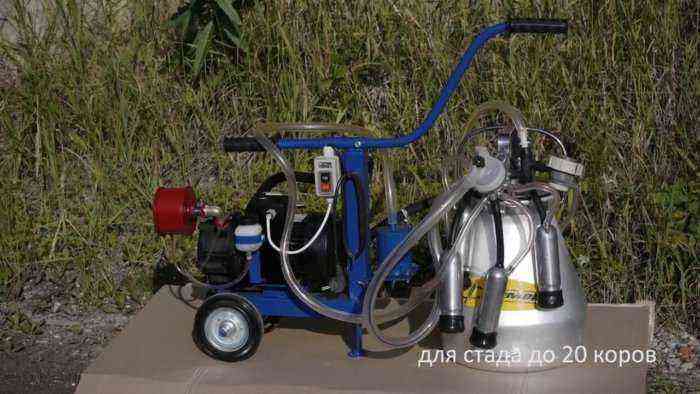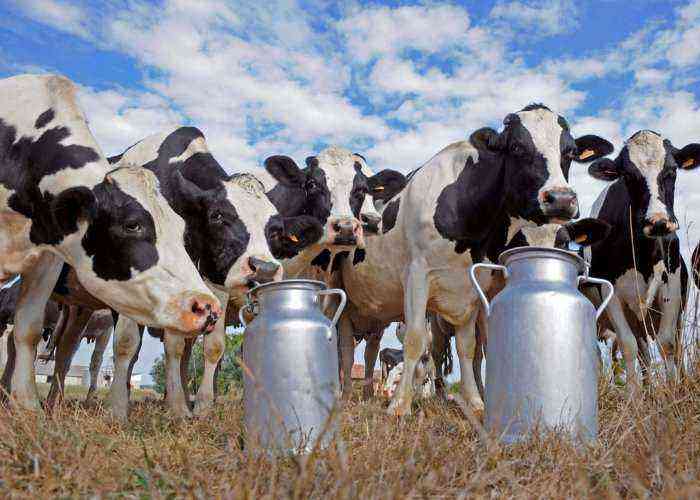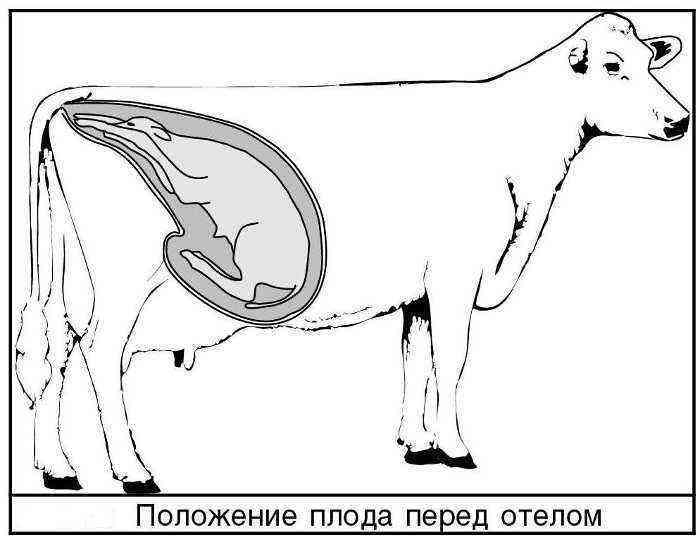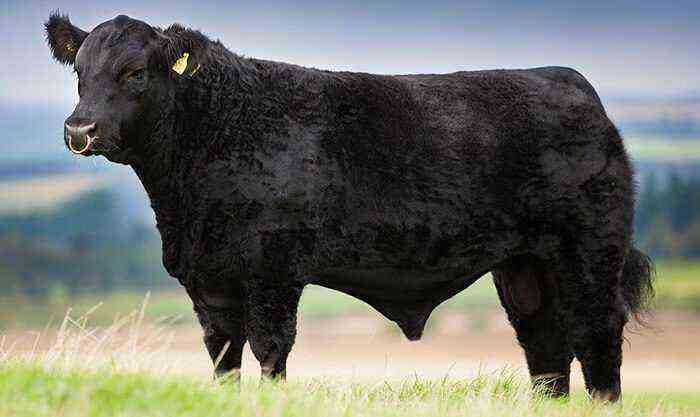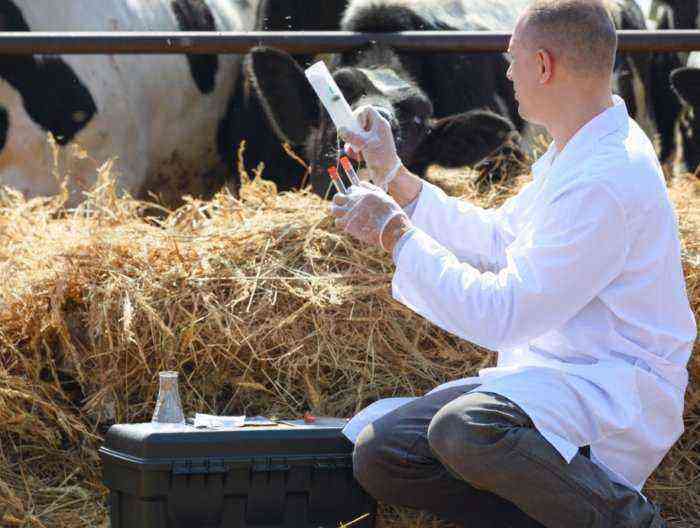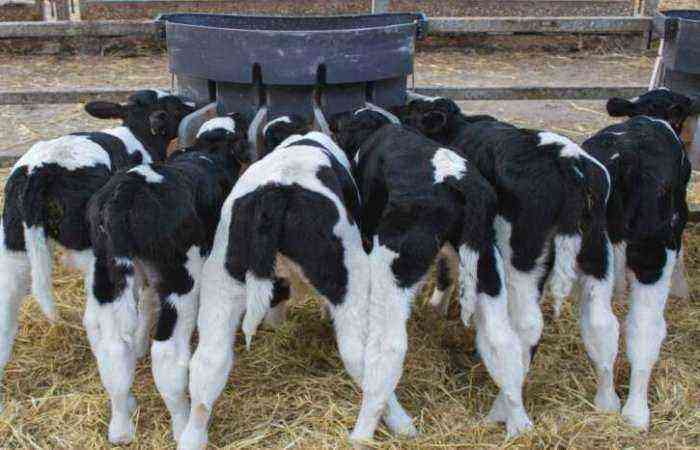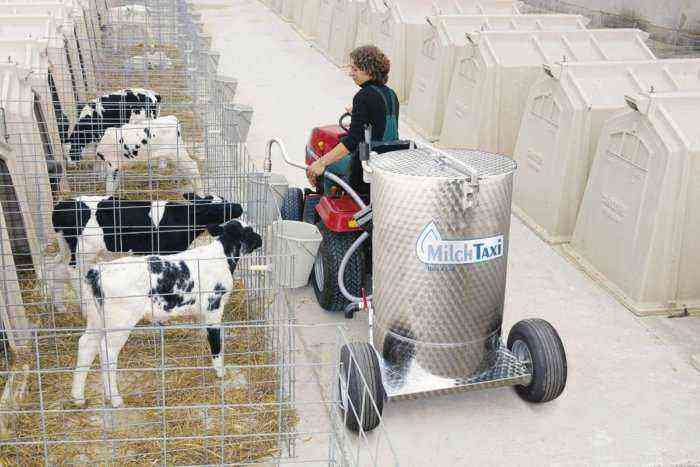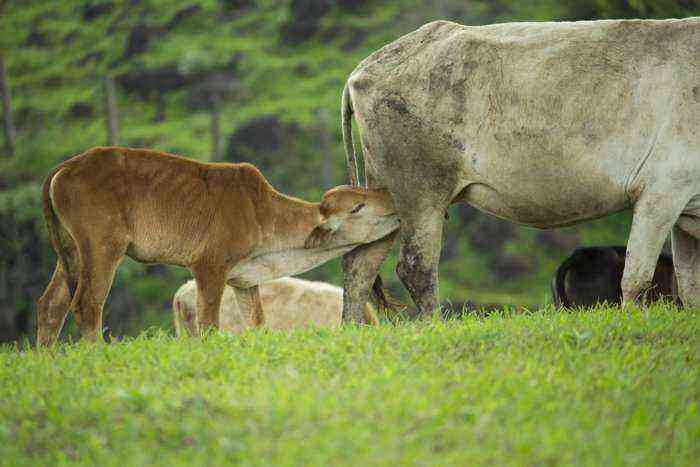When characterizing the productivity of cattle and other types of farm animals, the term “slaughter meat yield” is often used. But many novice breeders at the same time have a rather vague idea of uXNUMXbuXNUMXbwhat is hidden under it. Meanwhile, such a concept presupposes a specific formulation and clear definable meanings. It may vary depending on the type and breed of pets.
Cattle meat
What is slaughter mass
To determine the slaughter yield of meat, first of all, it is necessary to understand the concept of “slaughter weight of an animal”. Its interpretation depends on the specific type of domestic animal determined for slaughter. So, for cattle, the slaughter weight implies the weight of the carcass, from which the head, lower parts of the legs, skin, intestines and internal organs were previously removed.
In the case of poultry, slaughter weight is also calculated differently. The specific definition depends on how the carcass is handled after slaughter. In this case, determine the weight:
- An ungutted bird. A slaughtered carcass that has undergone preliminary plucking and bleeding is subject to weighing.
- Half gutted bird. In this case, in addition to plucking and bleeding, the intestines are also removed from the carcass and only after that weighing is carried out to determine the slaughter weight.
- A completely gutted bird. In addition to removing the intestines, in this case, the head, partially limbs and wings, and internal organs are also separated from the carcass.
For sheep, this concept includes the weight of the carcass without the lower parts of the limbs and internal organs. In pigs, before determination, in addition to the limbs and viscera, bristles are also removed from the body.
What is a kill exit?
Having determined the slaughter weight of the animal, it is possible to calculate the value of the slaughter yield of livestock. This concept implies the ratio of slaughter weight to live weight. In turn, live weight is calculated during the weighing of a live cow or bull. The resulting ratio is indicated as a percentage.
Of course, the yield of meat depends on how the slaughter weight is determined. But, in addition to this, the value may also differ depending on the sex, age, physiological state of the living creatures. Of great importance is the direction of the productivity of the breed. In dairy breed lines of cattle, breeders in nutrition and maintenance focus on obtaining exceptionally large milk yields. Therefore, their meat output is rather mediocre.
For meat varieties, annual milk yields are minimal. At the same time, the slaughter yield is high, and the meat implies the highest quality. It is distinguished by fine fibers and a delicate texture. In addition, such breeds, as a rule, show high precocity and such cows are not kept on the farm for a long time.
Important! Compliance with the rules of slaughter is also of great importance in obtaining high-quality meat carcasses of farm animals. The list of such moments is individual and depends on the specific type of living creature.
Slaughter of cattle
The slaughter of meat gobies is carried out, as a rule, in the first year of their life. After this period, the feed conversion drops significantly, which reduces the rationality of the content. Before slaughter, each cow or bull is carefully examined by a veterinarian (at industrial enterprises) or the owner of the animal. The purpose of this inspection is to identify various diseases that can affect the quality of meat. When diagnosing incurable diseases, the carcass is immediately disposed of.

Slaughter of cattle
Also, slaughter is debugged in case of recent vaccination of cattle against rabies, anthrax, and foot and mouth disease. When treated with antibiotics, the delay in slaughter depends on the specific drug.
Attention! Animals under 2 weeks of age are not allowed to be slaughtered.
Before slaughtering cattle, a preparatory stage is required, which includes the following points:
- thorough washing of livestock, cleaning of wool and hooves;
- a starvation diet for up to 12-18 hours (up to 6 in young animals);
- weighing a cow to determine live weight and further calculation of slaughter weight.
The period of starvation should not be delayed beyond the necessary, as this leads to a drop in the meat productivity of the animal by 3-4%. It is not recommended to beat or frighten the animal during the preparatory stage. Such handling causes severe stress on the cow, as a result of which the structure of its meat and the composition of the blood may change, which leads to a decrease in the value of the resulting product.
Slaughter is usually carried out in the following sequence:
- The animal is fixed at a strong support and stunned with a blow of a heavy blunt object.
- Suspended on a horizontal beam or laid at an angle, after which the carotid artery is cut and bleeding is carried out.
- Take off the skin.
- They dismantle the carcass.
Before complete disassembly, the slaughter weight is determined by weighing.
Attention! If the animal is slaughtered in the summer, then the procedure is carried out in the morning, while the flies have not yet appeared, and the meat has not begun to dry quickly under intense heat. In winter, slaughter occurs at any time of the day.
In addition to the standard method of slaughter, special pneumatic hammers are often used in industrial cattle breeding, which greatly simplify the process. Another popular and more humane way to kill cattle is considered to be electric shock. In the latter case, a 5-15-second exposure causes anesthesia of the animal for 5-7 minutes, which is quite enough for further cutting of the jugular vein and exsanguination.
Reference. Proper slaughter of cattle and other animals can reduce the loss of meat products and keep it much longer.
Average slaughter yield of animals of different species (Table)
In the process of developing industrial and domestic animal husbandry, specialists have carefully studied the slaughter yield of various animals and breed lines within a particular species. In the course of systematization of such data, special tables were created that help determine the profitability of breeding certain types of animals.
Average slaughter yields for various categories of farm animals are summarized in the following table:

Average slaughter yield of different types of livestock
More specific cattle productivity tables assume individual values. So, for 18-month-old bulls, depending on the variety, the slaughter output indicators will be as follows:
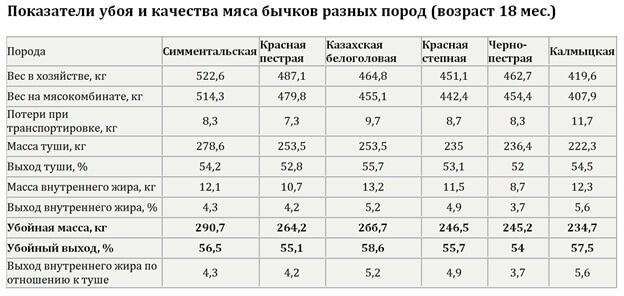
Slaughter yield indicators
Thus, knowledge of the yield of meat from a specific live weight of a steer makes it possible to more rationally select beef cattle for livestock farms. In addition, such values make it possible to constantly monitor the effectiveness of the implemented methods of feeding and keeping animals, comparing the current slaughter yield with the potential one. At the same time, the process of slaughtering animals can significantly affect such a value, as well as the quality of meat. Therefore, it should be implemented in compliance with the specified number of points.
